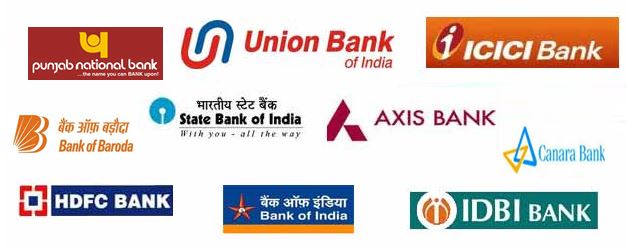Comparative Analysis of Banks and Market Potential of Savings Accounts in India
Savings Accounts in India Dissertation – The Indian banking industry is going through turbulent times. With the lowering of entry barriers and blurring product lines of banks and non-banks since the financial sector reforms, banks are functioning increasingly under competitive pressures emanating from within the banking system, from non- banking institutions, and from the domestic and international capital markets.
India’s banking sector is growing at a fast pace. India has become one of the most preferred banking destinations in the world. The reasons are numerous: the economy is growing at a rate of 8%, Bank credit is growing at 30% per annum and there is an ever-expanding middle class of between 250 and 300 million people (larger than the population of the US) in need of financial services. All this enables double-digit returns on most asset classes which is not so in a majority of other countries.
Foreign banks in India achieving a return on assets (ROA) of 3%, their keen interest in expanding their businesses is understandable. Indian markets provide growth opportunities, which are unlikely to be matched by the mature banking markets around the world. Currently, India has 88 scheduled commercial banks (SCBs) – 28 public sector banks (that is with the Government of India holding a stake), 29 private banks (these do not have government stake; they may be publicly listed and traded on stock exchanges) and 31 foreign banks.
They have a combined network of over 53,000 branches and 17,000 ATMs. According to a report by ICRA Limited, a rating agency, the public sector banks hold over 75 percent of total assets of the banking industry, with the private and foreign banks holding 18.2% and 6.5% respectively. In order to gain further access to the global trade, the government is expanding the Free Trade Agreements (FTA’s) with many countries (like Singapore, Thailand, and other ASEAN members). After the Comprehensive Economic Co-Operation Agreement (CECA) with Singapore, the government is now planning a similar deal with the 25-member European Union. The EU is also likely to ask India to liberalize its financial sector on the lines of the India-Singapore CECA.
- 16,000 words – 100 pages in length
- Excellent use of literature
- Good in depth analysis
- Ideal for finance and business students
1. Executive Summary
2. Background of the Study
3. Company Analysis
Company Profile
SWOT Analysis
4. Problem Definition
5. Objective
6. Scope
7. Research Methodology
8. Market Profile
Delhi
Gurgaon
Noida
Greater Noida
9. Primary Data Collection Methods
10. Findings and Analysis
Graphical Analysis
Test Estimation of Market Potential Using z-Test
11. Conclusion
12. Recommendations
13. Limitations
References

